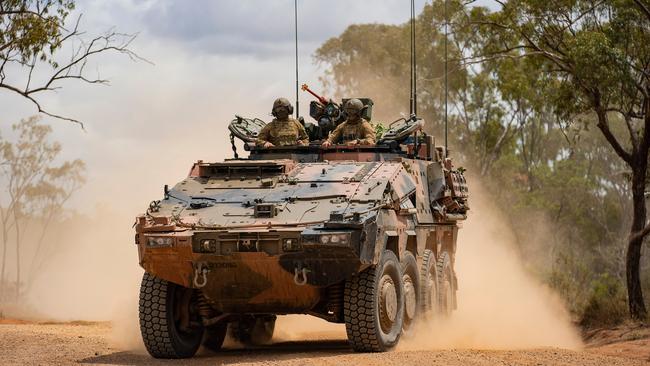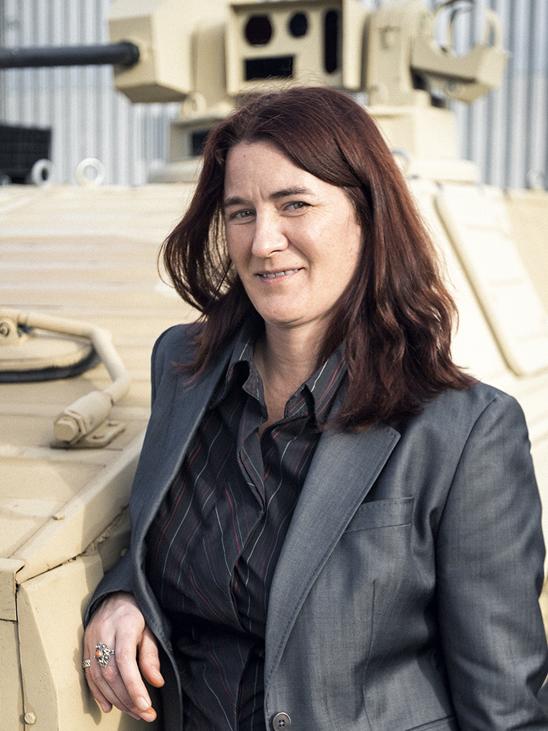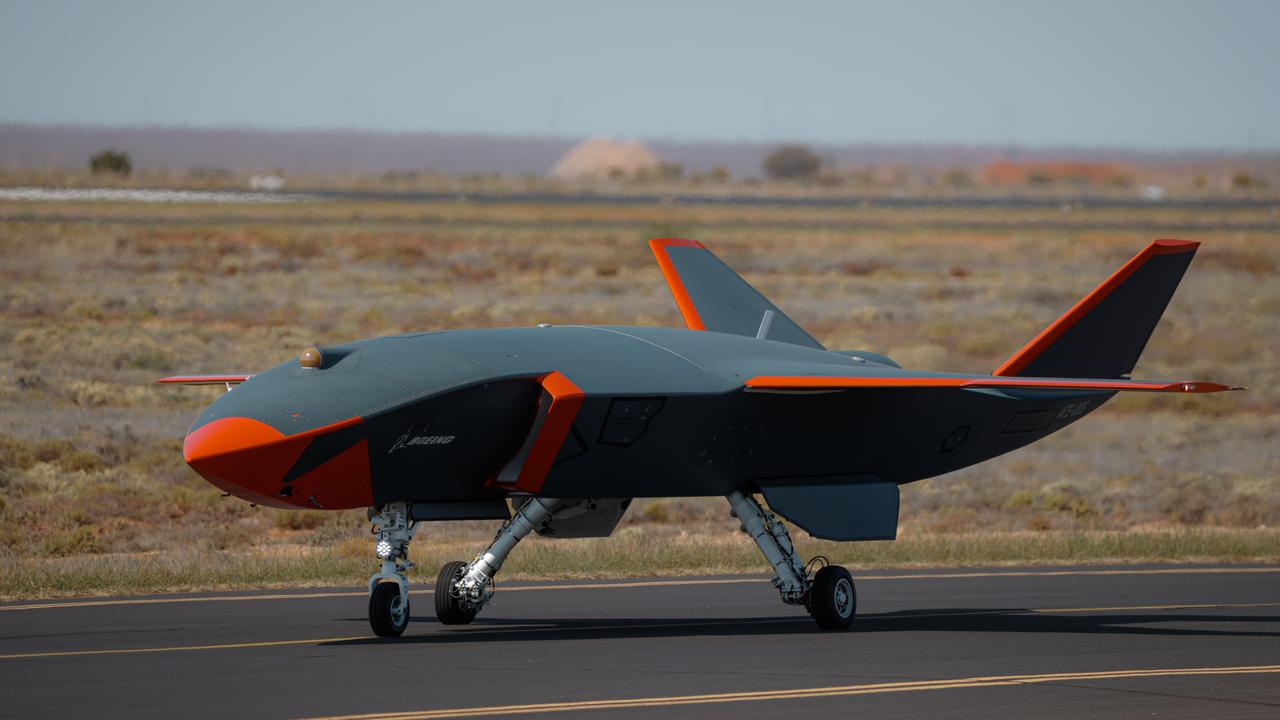New software helping forces to hide in plain sight
Just why are Australian warships that particular shade of grey (“Haze Grey” if you’re interested)? And why do Australian soldiers wear that particular type of camouflage?

Just why are Australian warships that particular shade of grey (“Haze Grey” if you’re interested)? And why do Australian soldiers wear that particular type of camouflage?
The answer is simple: in their operational environment, these camouflage colour schemes mean they don’t stand out. But what about infrared or radar sensors – surely they can detect anything? Isn’t camouflage therefore meaningless?
This is where Joanne Culpepper, DSTG’s Discipline Leader for Visible Signature Control, takes a deep breath.
One of the reasons why people have developed IR and radar sensors, she explains, is because camouflage can be so effective. And her job is to make it more so: she works in the visible light band – anything you can see with the naked eye, or a pair of binoculars or an electro-optic sensor.
What you actually see varies with the season, the weather, the time of day, even the amount of cloud cover on a given day. Her four-person team from DSTG’s Platforms Division has spent more than a decade researching visible signatures of ships and land equipment under these different conditions. They have come up with an award-winning software tool called Mirage which is used now to model the ADF’s seagoing and land equipment and help operators predict how visible they are under specific conditions. Mirage works by taking an image of the equipment concerned then placing it into a realistic environment so operators can identify those features of the equipment that would be visible under different circumstances. Obviously, it’s more complex than that, but the detail of what they do is classified.

Mirage is now in service, informing the ADF about the visible signatures of its equipment, and there are no plans to commercialise it, says Culpepper: it’s too sensitive, so will remain a DSTG capability. It is being used in equipment tenders to inform vendors and of course it is used to help develop things like low-observability measures and new camouflage schemes: it will be used over the next 12 months to evaluate proposed camouflage schemes for land and maritime equipment.
The Mirage team goes into the field to take its own images of the equipment. Surprisingly, much of the environment is produced artificially by Synthetic Scene Generators. Half of Culpepper’s four-person team consists of visual effects artists who can produce consistent reference models of a typical environment – jungle, forest, open ocean, whatever – that enable accurate assessment of visible signatures and the effectiveness of camouflage and concealment measures. The other two, like her, are physicists and she believes the team is delivering graphical realism that is ahead of most gaming software. Her goal is a perceptually realistic representation of a particular environment and her team’s embrace of the visual arts leads her to refer to STEAM, rather than STEM in school and university outreach: Science, Technology, Engineering, the Arts and Mathematics. This sets Culpepper’s team aside from more traditionally science-focused research groups in DSTG and reflects the convergence of different specialist skills to deliver new capabilities.
The Mirage team is filling a capability gap identified by the ADF: it needs to be able to predict visual signatures for a variety of reasons, but the bottom line is mission success: avoiding detection of a platform so ADF sailors and soldiers can do their jobs and return home safely.
As a measure of the importance of her team’s work, as well as its quality, late last year the Mirage Team won the Science and Engineering Excellence Award in DSTG’s Achievement Awards 2022 program.


